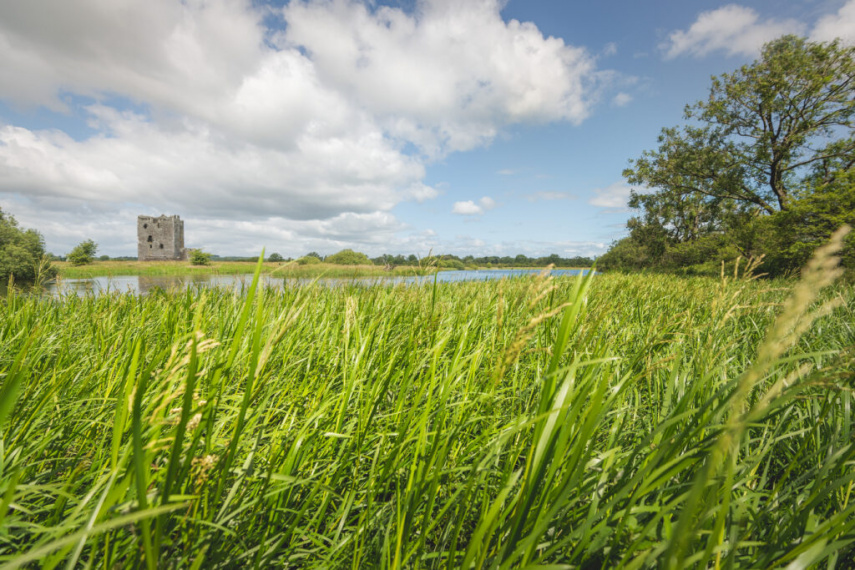Threave Nature Reserve
Summary
The National Trust for Scotland (NTS) owns Threave Nature Reserve, a former dairy farm, and manages the land in partnership with Galloway Glens Partnership Scheme (GGLP), a coalition of multiple local and specialist organisations. Whilst the initial driver of this project was ecosystem restoration, there was a recognition that the community needs to be and feel included and a willingness to ensure the community could benefit from the changes too. Community concerns about the impact of land use change have been consistently identified and addressed. Community buy-in to the project objectives was a challenge early on but a deliberate approach to engagement has reduced conflict. The community benefits from improved access as well as education and volunteering opportunities. However, some local farmers remain concerned about the loss of quality farmland.
Detailed case study
The National Trust for Scotland (NTS), a registered charity, owns Threave Nature Reserve and manages the land in partnership with Galloway Glens Partnership Scheme (GGLP), a coalition of multiple local and specialist organisations. The reserve has been converted from a dairy farm to a landscape restoration project aimed at redeveloping a healthy and sustainable ecosystem. This ecosystem restoration will transform the estate from a net carbon emitter to a net carbon sequesterer over time.
NTS and GGLP collaborated on a 100-year vision for the estate, which covers 81 hectares. Funding for the restoration comes from GGLP, National Lottery Heritage Fund, HSBC and the NTS. A natural capital baseline has been established and will be monitored and reported on by local environmental consultants. Whilst the initial driver of this project was biodiversity, and not community benefit, there was a recognition that the community needs to be and feel included and a willingness to ensure the community could benefit from the changes too.
Community buy-in to the project objectives was a challenge early on but a deliberate approach to engagement has paid off. At the start of the project, the local community expressed several concerns. One of the main worries for local inhabitants was that the wetland restoration, which includes changes to the dam system, could increase the risks of flooding locally. In response, NTS and GGLP commissioned a hydrological survey which showed no increased risk of flooding and discussed the results in community consultations. The topic has not been brought back up by local inhabitants since. Another issue raised was dogs not being able to be let off-leash to protect biodiversity, so a special space was developed where dogs can be off-leash. There was also concern about cows being allowed to roam more freely which was addressed through education and the development of ‘smart cows’, where cows are fitted with GPS trackers and their locations can then be viewed on an app.
The site is well used by residents and a variety of education and volunteering opportunities take place. Events, storytelling and catchy names for volunteer days – such as the ‘dam buster’ event removing dams to reflood the area – have been beneficial for the reserve and community. Thanks to the work on communicating and involving the local community, the support has grown over time and volunteers provide valuable labour to progress the project. When access to the site was temporarily closed while building better access, the community was very understanding.
Access to the reserve is completely free for the public. The space was already used by local walkers before the restoration project started. Now, the improved paths, the increased biodiversity and the events organised in the reserve are attracting more people. Board walks have been developed to allow access to some of the flooded areas, alongside a better access for wheelchair users and buggies. Local people continue to use the reserve for walks and dog walking. In addition, schools come regularly, alongside amateur biologists, bird watchers and photographers.
Some local farmers have expressed that they view the use of the land for a nature reserve as a waste of high-quality farming land. Indeed, the land of the nature reserve is of high value and could be used for dairy farming. The Galloway Glens Scheme reflects on this as one issue they encountered in this project due to the value of the land, which would not arise in the case of peatland and forest restoration on low-value land. They estimate that the 81 hectares could be an economically viable farm. While some farmers have changed their views since and value the restoration, other local farmers have kept the view that it is a waste of the land.
